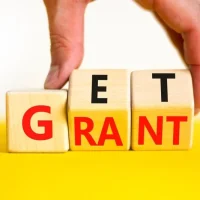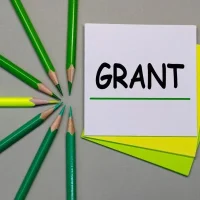Deadline: 17-Apr-25
The Department of Housing and Urban Development is pleased to announce the Youth Homeless Demonstration Program to select between 12 and 25 communities, with a priority for communities with substantial rural populations in up to 8 locations, to receive funding to implement projects to demonstrate how a comprehensive approach to youth experiencing homelessness can dramatically reduce youth homelessness.
Purpose
- The goal of YHDP is to support selected communities in the development and implementation projects that demonstrate how a comprehensive community approach to serving youth experiencing homelessness can dramatically reduce youth homelessness. This community planning approach guides communities in designing solutions that match the needs in their community. This demonstration program assists youth experiencing homelessness, age 24 and under, including unaccompanied youth and pregnant or parenting youth who are experiencing homelessness.
Goals and Objectives
- The demonstration has seven primary objectives:
- Prevent and End Youth Homelessness. YHDP provides funding, regulatory flexibility, and technical assistance to help communities develop housing and services for youth experiencing homelessness and make youth homelessness rare and, if it occurs, brief and non-recurring.
- Build national momentum. YHDP is designed to motivate state and local homelessness stakeholders and youth services providers, including Runaway and Homeless Youth providers across the country to prevent and end youth homelessness by forming new partnerships, addressing system barriers, testing promising strategies, and evaluating their outcomes;
- Promote equity in the delivery and outcomes of homeless assistance. Recipients must promote equity throughout the community’s youth homeless response system for youth who are disproportionally more likely to experience homelessness, such as Black, Indigenous, Hispanic, and LGBTQIA+ youth. Awarded communities will promote equity throughout their youth homeless response system and all YHDP projects will measure and demonstrate equitable delivery and outcomes. This includes communities identifying barriers that led to any disparities in subpopulations being served and taking steps to eliminate these barriers in the community’s youth homeless response system.
- Highlight the importance of youth leadership: YHDP demonstrates effective models of strong leadership and agency by youth with lived experience in the community. Create replicable best practices of youth leadership for other communities.
- Evaluate the coordinated community approach. YHDP will help researchers evaluate coordinated community approaches to preventing and ending youth homelessness, including local and state partnerships across sectors and other coordinated operational planning;
- Expand capacity. YHDP funds, technical assistance, and the required planning process will expand community capacity to serve youth experiencing homelessness (particularly by using a Housing First approach), pilot new models of assistance, and determine what array of interventions is necessary to serve the target population in their community;
- Evaluate performance measures. HUD will use data from YHDP projects to evaluate the use of performance measurement strategies designed to better measure youth outcomes and the connection between youth program outcomes and youth performance measures on overall system performance for the Continuum of Care (CoC); and
- Establish a framework for Federal program and Technical Assistance (TA) provider collaboration. YHDP is a model to test the most effective way for Federal resources to interact within a state or local system to support a coordinated community approach to preventing and ending youth homelessness.
Funding Information
- Funding of approximately $72,000,000 is available through this NOFO.
- Length of Project Periods: 24-month project period and budget period.
Eligibility Criteria
- Eligible Entity Types:
- State governments
- County governments
- City or township governments
- Special district governments
For more information, visit Grants.gov.









































